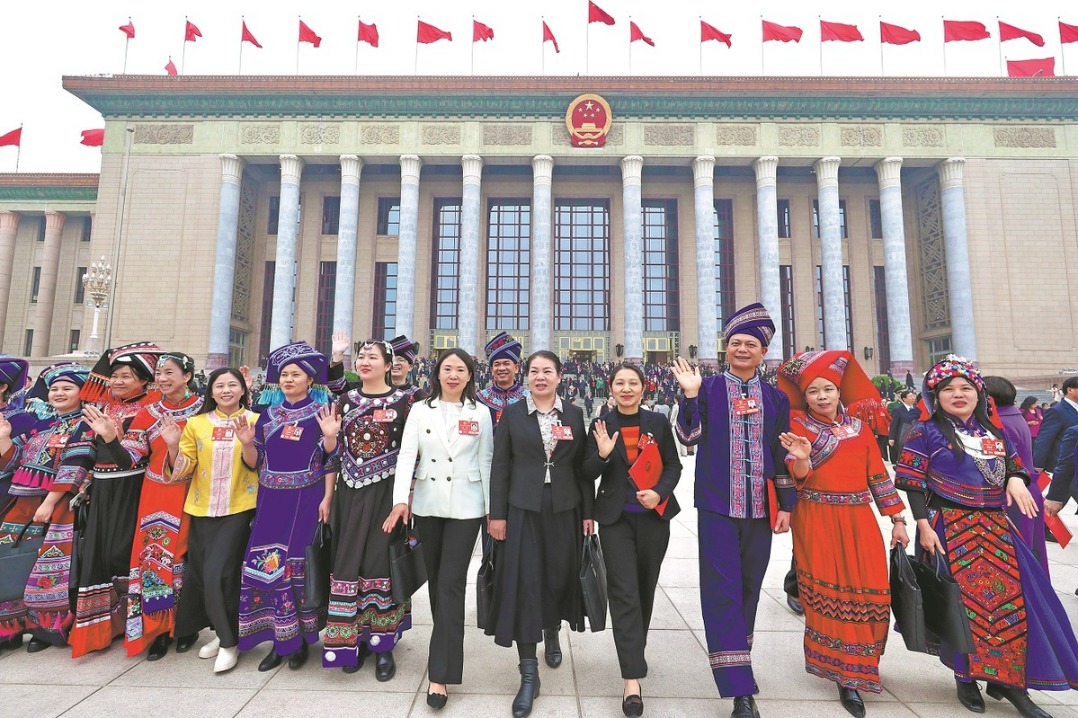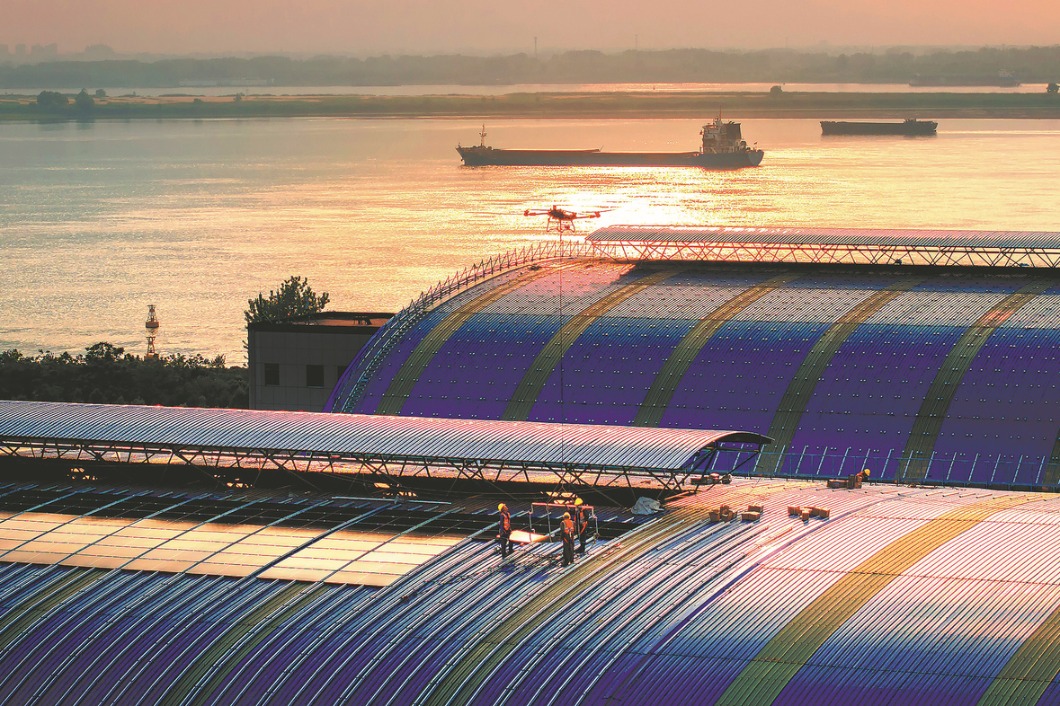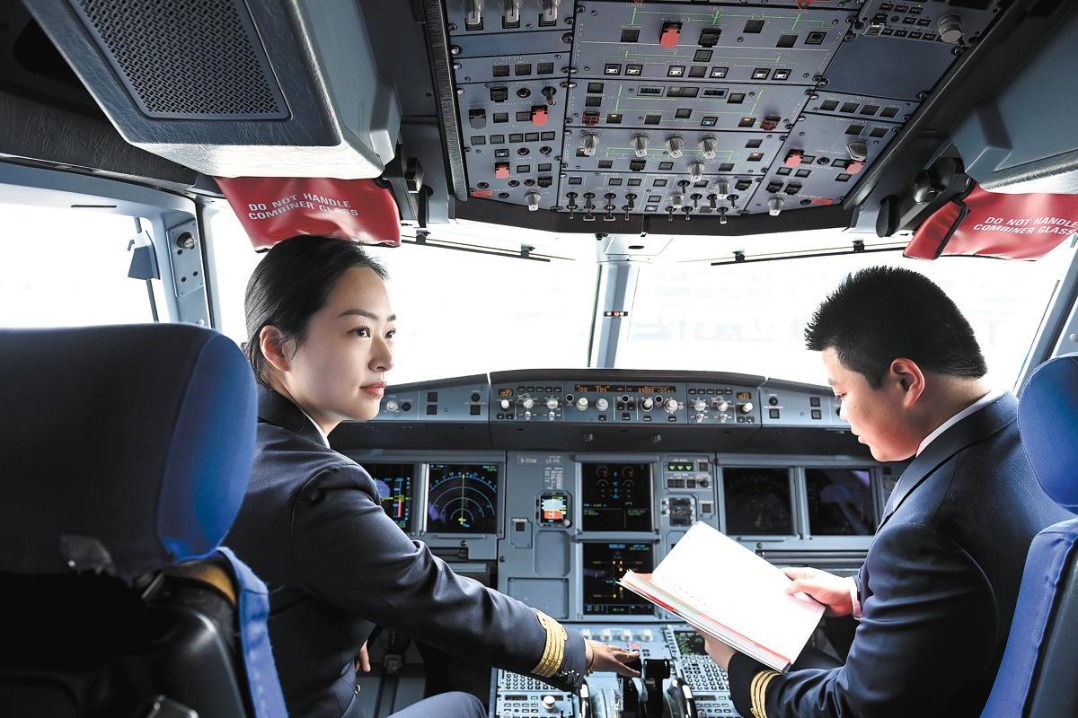New era of closer bond
China and Malaysia can maintain the momentum in their relations by focusing on common interests and shared values


China and Malaysia can maintain the momentum in their relations by focusing on common interests and shared values
In 1974, Malaysia became the first member state of the Association of Southeast Asian Nations to establish diplomatic ties with the People's Republic of China. Over the past nearly 50 years, China undertook an enormous transformation to emerge as a global superpower, and Malaysia-China ties have deepened significantly.
When Chairman Mao Zedong and then Malaysian prime minister Tun Abdul Razak met in Beijing almost half a century ago, the world was still mired in the Cold War. China and Malaysia were committed to different political ideologies and had adopted very distinct governing systems.
However, the leaders of the two countries chose to set aside their political differences in order to work for the common good and friendship. Indeed, through its long-standing non-interfering foreign policy, China has shown respect and appreciation for Malaysia, and for every country's right to pursue their respective political vision and diverse style of governance.
In the 1980s, the Tun Mahathir Mohammad administration guided and moved the Sino-Malaysian relationship to the next level, opening the door for greater economic cooperation. This led to an increase in bilateral trade and investment, spurring economic growth and development in Malaysia.
In 2021, trade between the two countries hit a record high of $177 billion, marking the 12th consecutive year in which China was Malaysia's largest trading partner, while Malaysia is China's second-largest trading partner in Southeast Asia, after Vietnam. Investment wise, Malaysia has also benefited from China's policy to encourage its companies' overseas development and the Belt and Road Initiative. China ranked the third-largest investor in Malaysia in 2021 with a total investment of $8 billion.
Over the past decades, the China-Malaysia economic engagement has grown beyond trading natural resources and commodities, expanding into manufacturing and the technological sector. Malaysia's semiconductor industry, for instance, is now a part of the global supply chain that is connected to China's vast and extensive electronic eco-system, helping Malaysia to stay competitive in an increasingly digitized global economy.
The robust China-Malaysia economic relationship has helped to nourish trust and confidence, strengthening government-to-government diplomatic ties. More broadly, it has also facilitated people-to-people interaction, enabling the promotion of mutual learning and understanding. Through tourism, cultural and education exchanges, the peoples of China and Malaysia have ever more opportunities to nurture warmer friendship and gain a deeper understanding of each other. For example, in 2015, Xiamen University opened a branch in Malaysia, the first university from China to establish a branch overseas. Xiamen University is expected to play a key role in expediting technological transfer as well as advancing civilizational understanding.
It is not just China's remarkable economic development that has earned global admiration. China's success in eradicating poverty is an inspiration for the developing world. Through the ASEAN+1 and ASEAN+3 frameworks, countries in Southeast Asia are tapping into China's expertise and resources to bring about similar socioeconomic transformation to the region. The establishment of the China-ASEAN Free Trade Agreement about 20 years ago, too, has served as a fruitful and rewarding platform for the enhancement of trade and investment between the two sides.
The Belt and Road Initiative is playing a crucial role in building infrastructure such as ports and railways as a catalyst to power broader socioeconomic development across the region. An apt illustration is the East Coast Rail Link that aims to connect the eastern seaboard of Peninsular Malaysia to the industrial bases of Klang Valley on the west coast. When fully operational, the ECRL is expected to generate a more even distribution of economic wealth and raise the standard of living in this less developed region of Malaysia. The Malaysia-China Kuantan Industrial Park, another Belt and Road Initiative project, has added momentum to the bilateral economic cooperation with tangible benefits to both China and Malaysia.
In 2021, the ASEAN-China relationship was upgraded to the status of a Comprehensive Strategic Partnership. Then both ASEAN and China reinforced their regional cooperation by implementing the Regional Comprehensive Economic Partnership, which came into effect on Jan 1. These are major developments that point to a new era of growth and opportunities for China as well as ASEAN.
The RCEP is an important initiative, presenting a counterpoint to the prevailing narrative of deglobalization and decoupling between the world's two biggest economies-China and the United States. The RCEP offers a bold platform, where countries in the Asia-Pacific region have shown a desire to work together, and willingness to set aside political differences in the interest of achieving greater mutual prosperity and growth.
The East Asia and Southeast Asia region have experienced a period of relative calm and stability. This is largely due to the realization in Asia that in spite of disputes and discords countries must find a way to coexist. The pragmatic instinct of the peoples in East Asia and Southeast Asia to accommodate and compromise has allowed the region to enjoy an era of sustained economic growth and prosperity. This same pragmatism is needed today, on the global stage, where the two leading global economies must manage current uncertainties, so as to preserve world peace and harmony.
The China-Malaysia relations, nearly 50 years on, continue to stay strong, healthy and friendly. The ties have brought mutual benefits to both peoples and nations, as well as the region. The leadership of the two countries are committed to working closely in the post-pandemic economic recovery. The two countries will mark the 10th anniversary of their Comprehensive Strategic Partnership next year. While the unsettled global environment is creating some challenges for the China-Malaysia partnership, if both sides remain focused on common interests and shared values, the two governments and peoples should be able to weather the storm and together move toward a new era of even closer bond and stronger friendship.
The author is president of the Malaysia-China Friendship Association and former Malaysian ambassador to China. The author contributed this article to China Watch, a think tank powered by China Daily. The views do not necessarily reflect those of China Daily.
Contact the editor at editor@chinawatch.cn


































